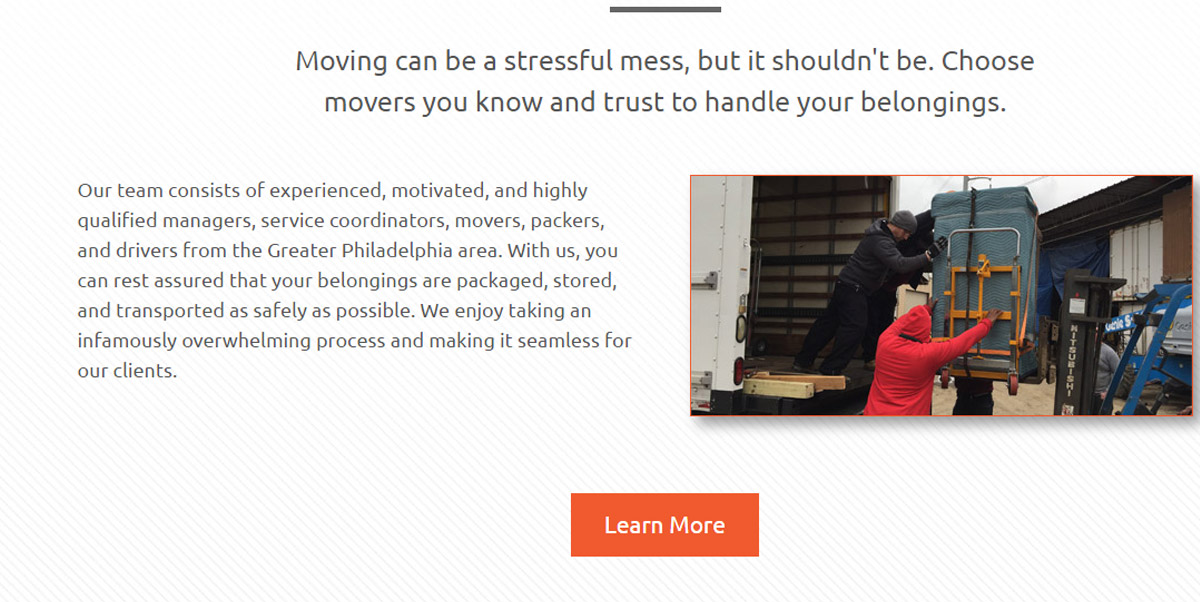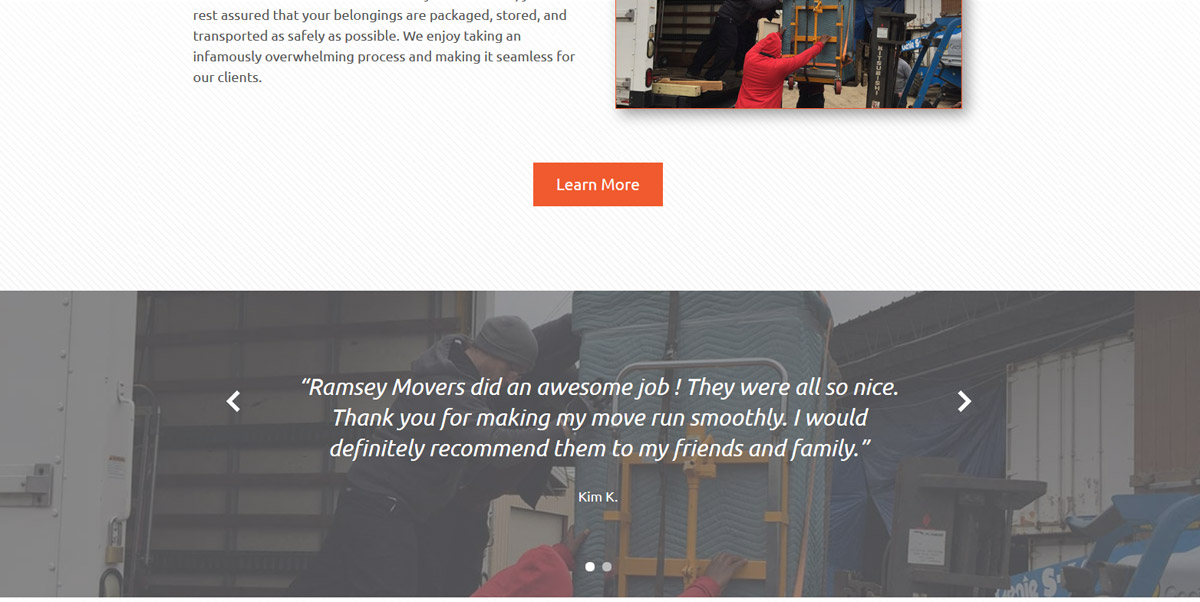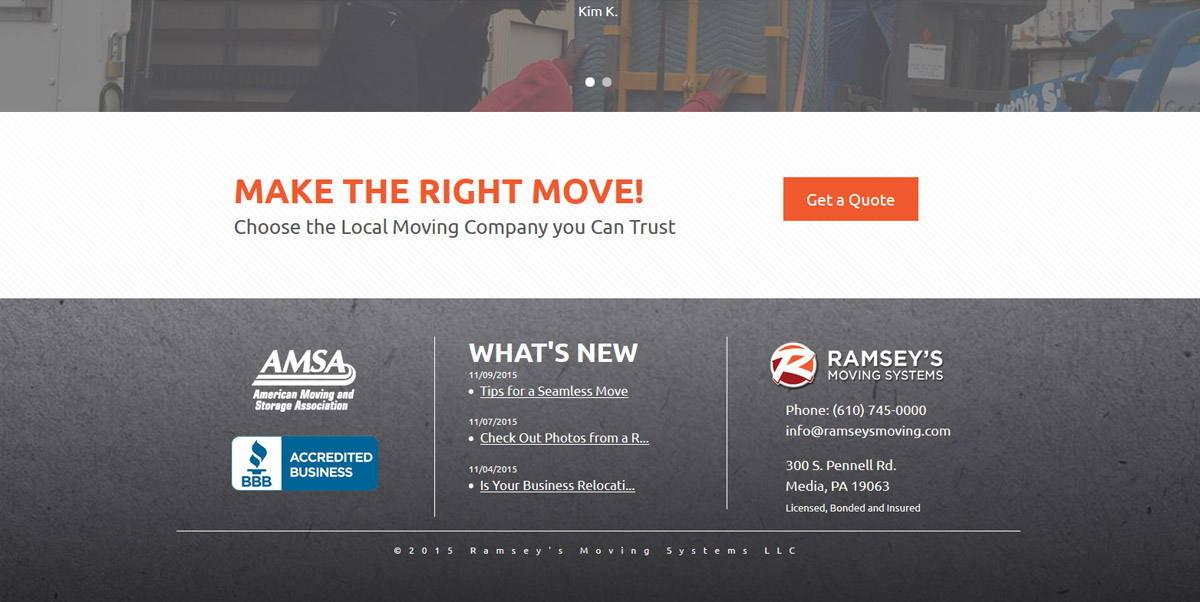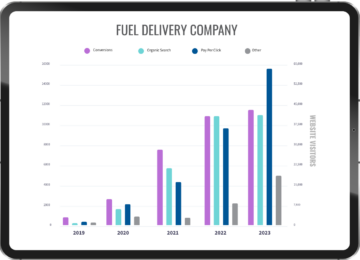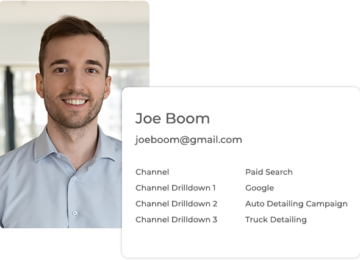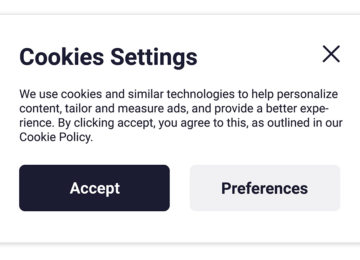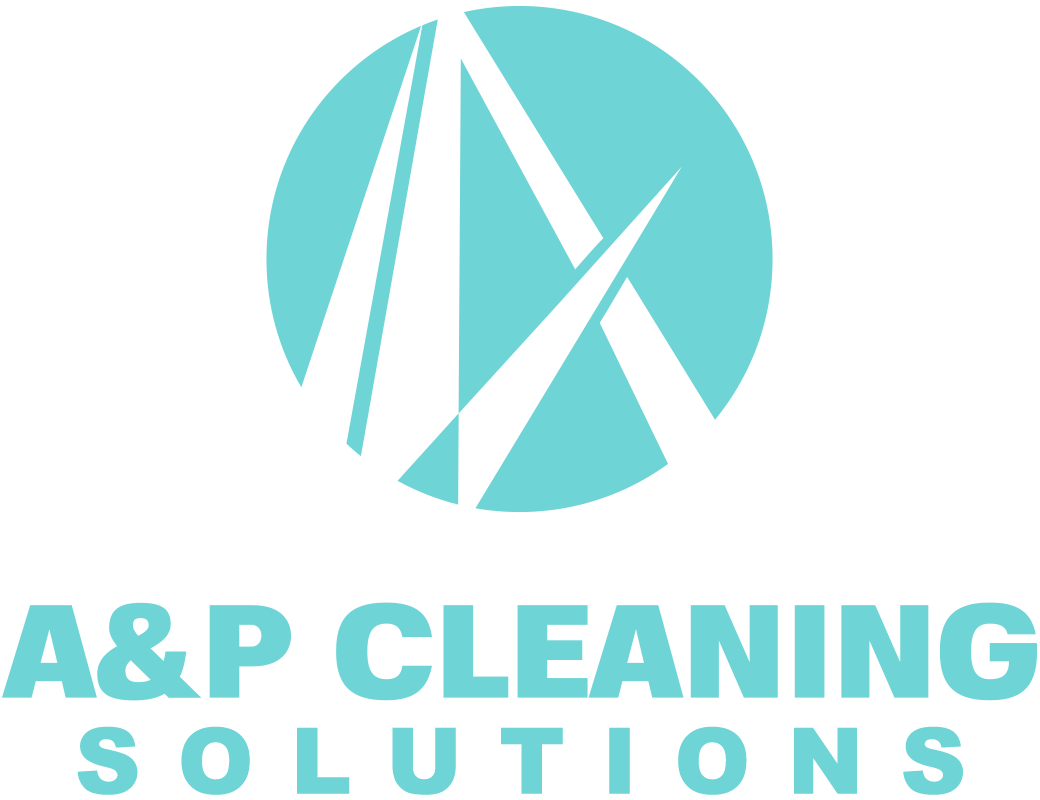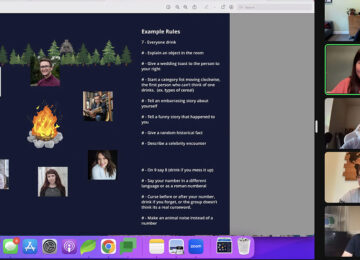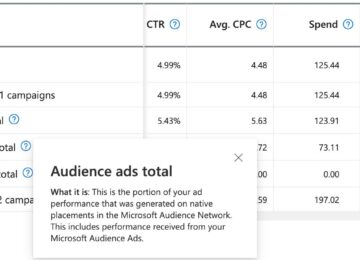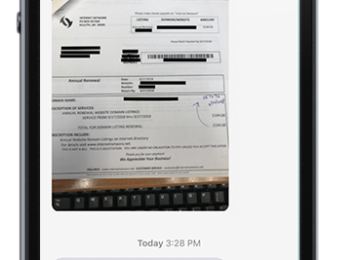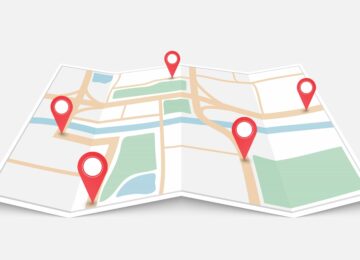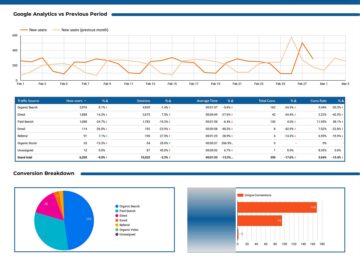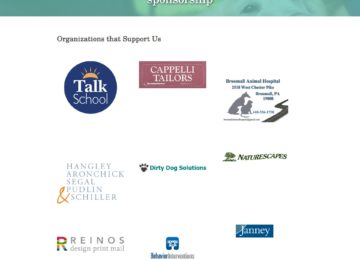If you have a website but aren’t familiar with landing pages, you should be. Landing pages are pages separate from your homepage that are generally dedicated to a single product or service.
If you offer 5 services, each service should have its own page. When you run advertisements online it is generally more effective to target the 5 services with 5 separate ads than one ad that mentions all 5 services. When someone clicks on an ad they “land” on your “landing page” for a particular product or service. Because these pages are your first impression on a potential customer, they are very important.
Landing pages come in all shapes and sizes. Many ecommerce landing pages follow a common format with product photos on the left, product specs on the right, and a colorful eye catching “add to cart” button. The only element that all landing pages have in common is the call-to-action. The purpose of all landing pages is to encourage users to purchase or take an action like subscribing to a newsletter or downloading a piece of content.
When creating landing pages we follow a certain format. To better show you what we mean, we’ll walk you through the landing page creation process — from top to bottom. This formula works well for all types of landing pages.
Identify a Pain Point & Grab Attention with your Headline
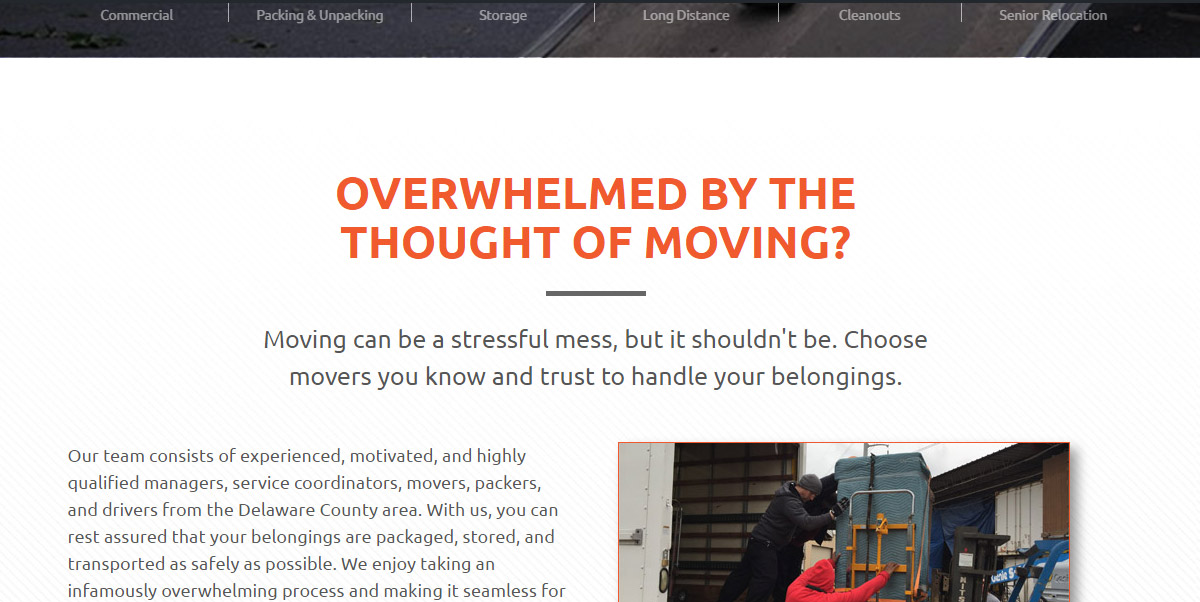
It’s tempting to name your page something simple, like “Web Design Services”; but it is more effective to appeal to the problem than the solution. Understand your target audience and mold a headline to engage their unique needs. This not only makes our page stand out, but it also shows your customers that you understand just what they’re looking for.
Offer a Solution with your Unique Value Proposition
Sometimes this is easier said than done. More important than simply providing a service, you need to explain why your specific service is the perfect remedy for your customer’s pain point. It’s your opportunity to differentiate yourself from competitors and really qualify the value of the service you provide. List what makes you unique — personable customer service, quick response times, honest pricing, high expectations for employees, etc. You’ll want to leave no doubt that your company is the best for the job.
Build Credibility
After you’ve established that you provide the type of service your target audience is searching for, you’ll want to show that you’ve successfully provided this service to others. To build your credibility, you could include some history about your business, examples and photos from previous projects, or testimonials from clients. You might also mention any certifications or associations you’re involved with. The goal is to prove that you’re a trustworthy solution with an excellent track record. Try to use specific examples like a testimonial rather than a generic statement that you have been around for X number of years.
Use a Clear Call-to-Action
No matter how impressive your landing page content is, it could be useless if those page visitors never translate into leads. The call-to-action is often the most important aspect of the landing page, but is commonly left out of the page copy or not given the focus it deserves. You’ve been building momentum to this point, make sure to capitalize on that by properly motivating the reader to take the next step. A simple “contact us” is not always sufficient to make your phone ring, but making a more specific offer can be enticing. For example, “schedule an appointment” or “join our newsletter” imply immediate gratification and are much more likely to motivate a conversion.
For many services it is helpful to offer a way to gather contact information without asking for too much. “Schedule an Appointment” may feel like asking someone to marry you after the first date. Offering educational content in exchange for an email address is a common method. You can also use language like “request a quote” that makes the user feel like they aren’t committing to too much in the initial step.
So just to cover those points again, the perfect landing page recipe includes:
- Attention Grabbing Headline
- Identify a Pain Point
- Offer a Solution
- Build Credibility
- Call to Action
These are just a few simple tips to keep in mind when creating your next landing page. To make your page as effective as possible, you need a deep understanding of your target audience as well as your company’s niche. Using software to help track conversions and page traffic is great way to draw conclusions about how effective your landing page is. For more advice on improving your web copy with formatting, be sure to check out another recent blog post.
